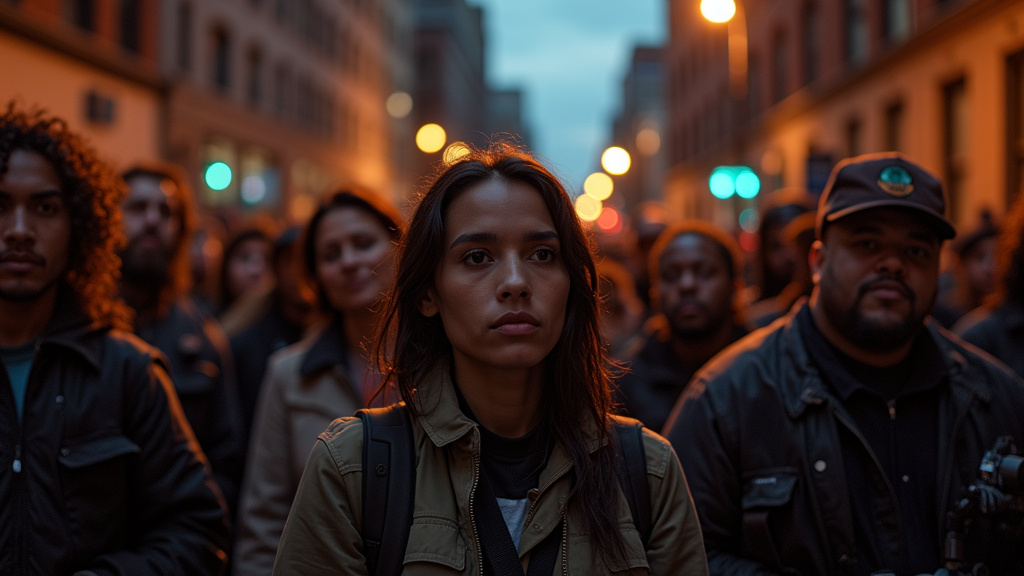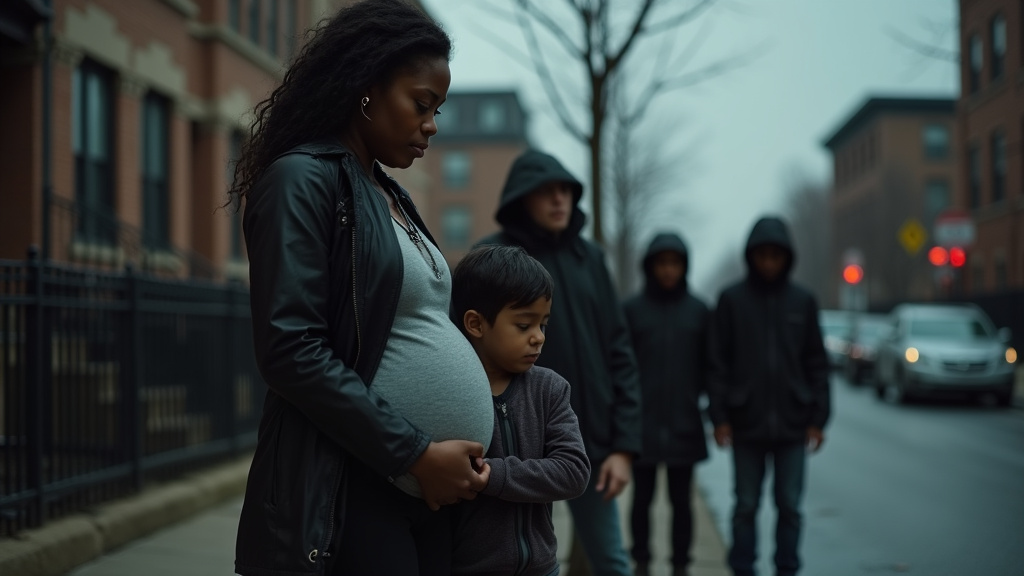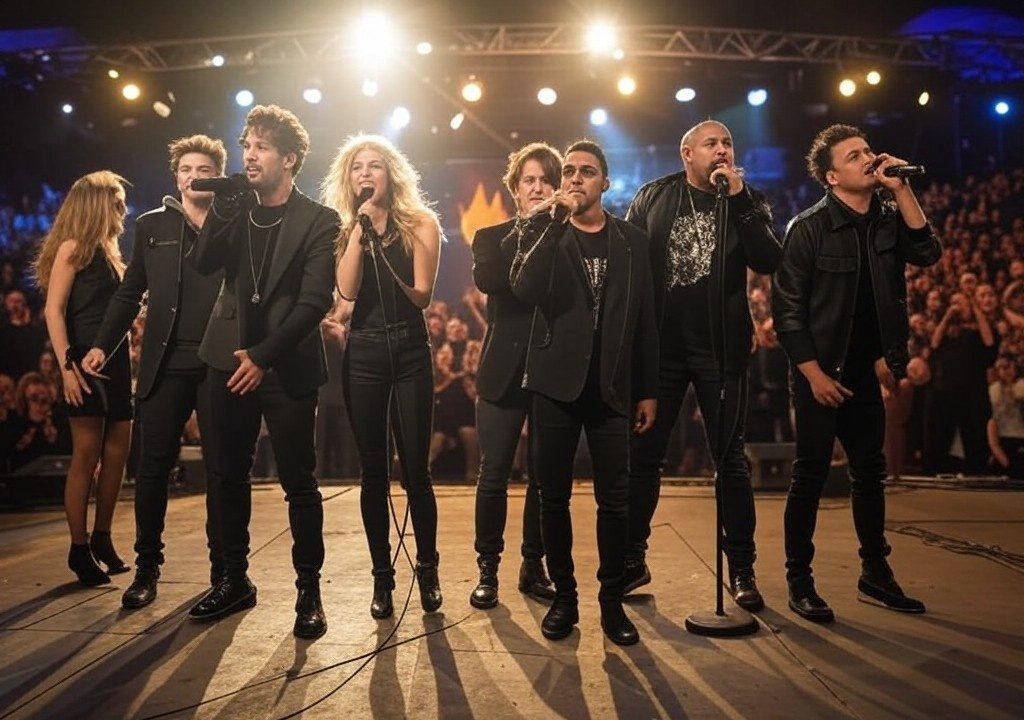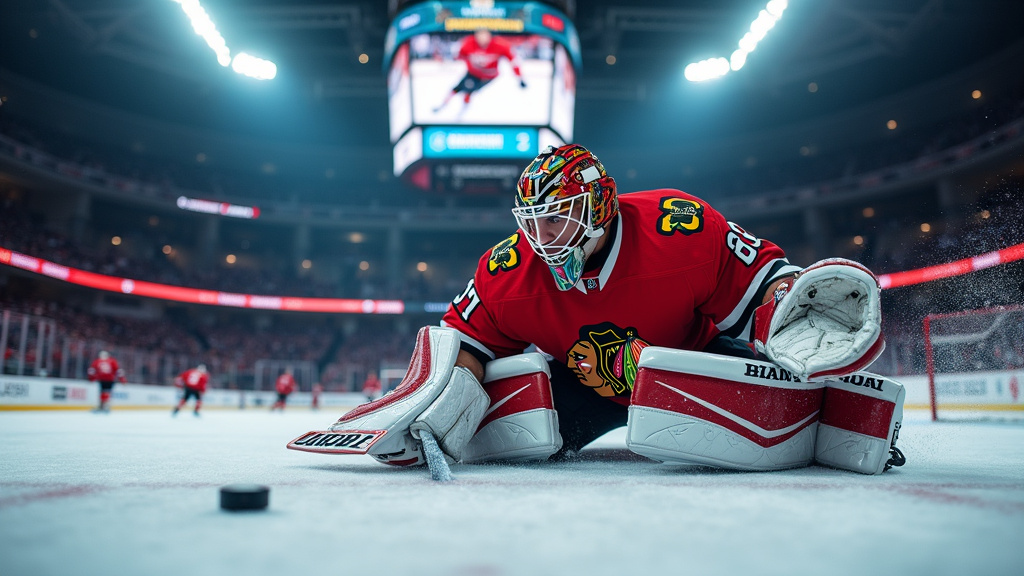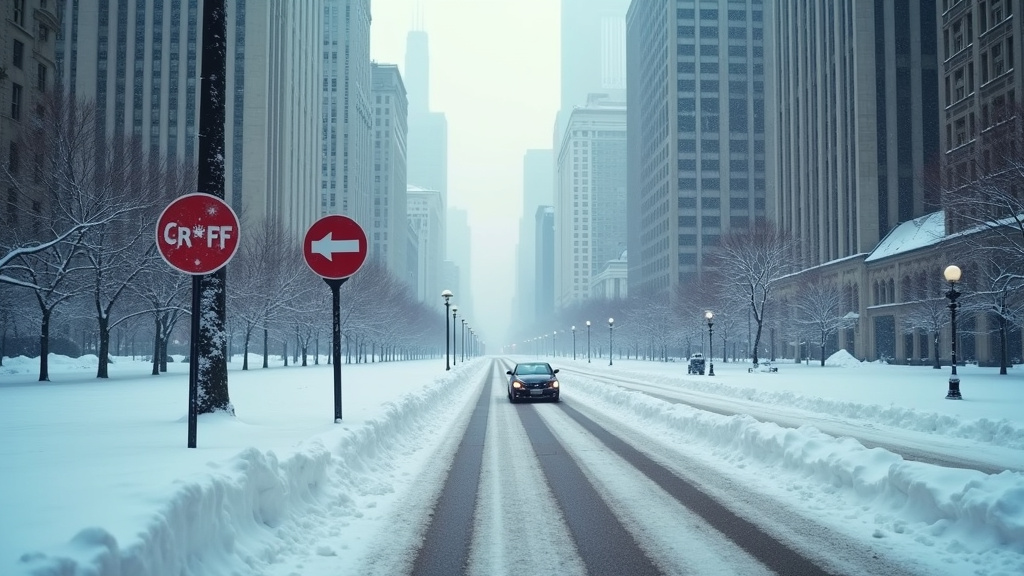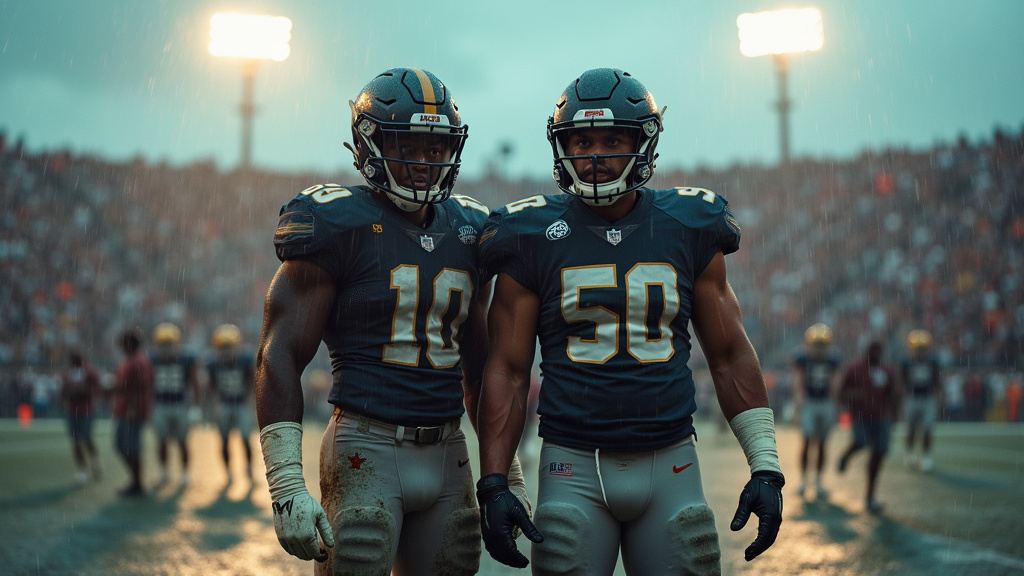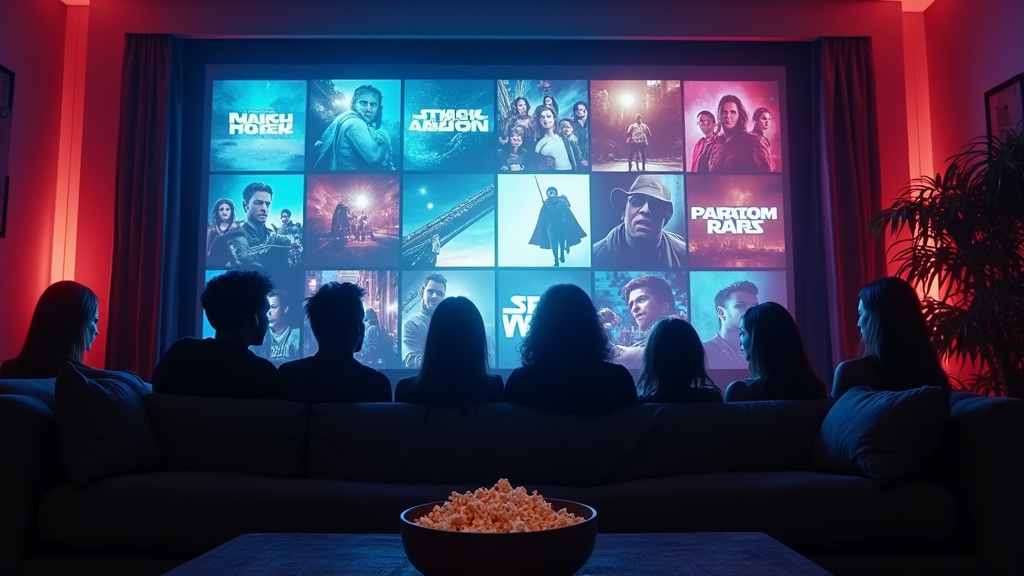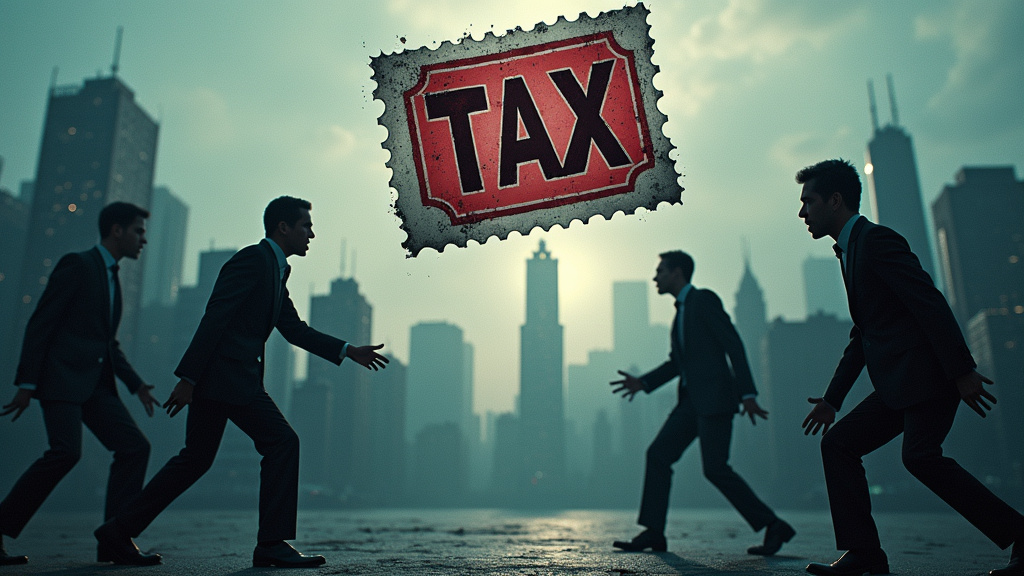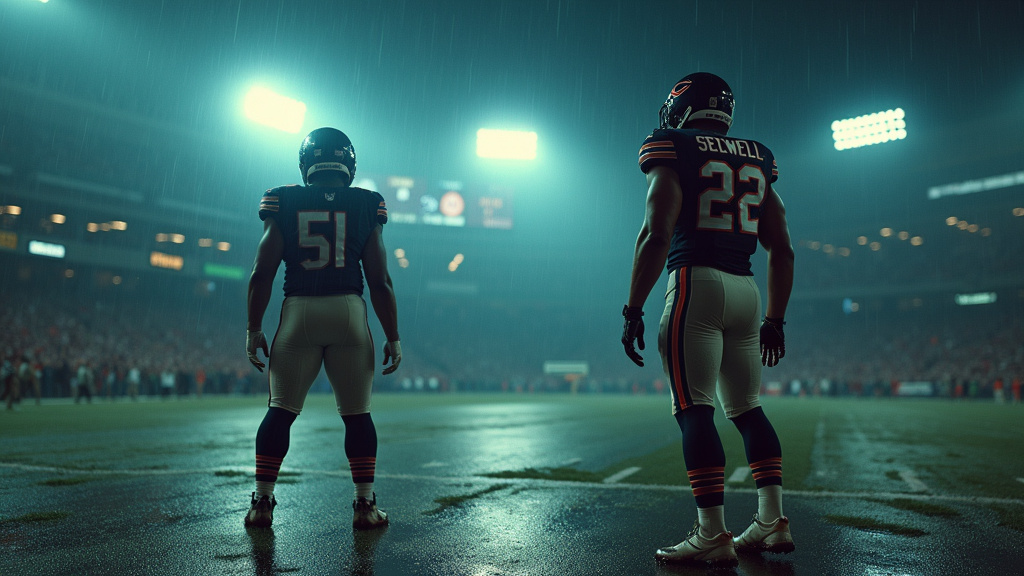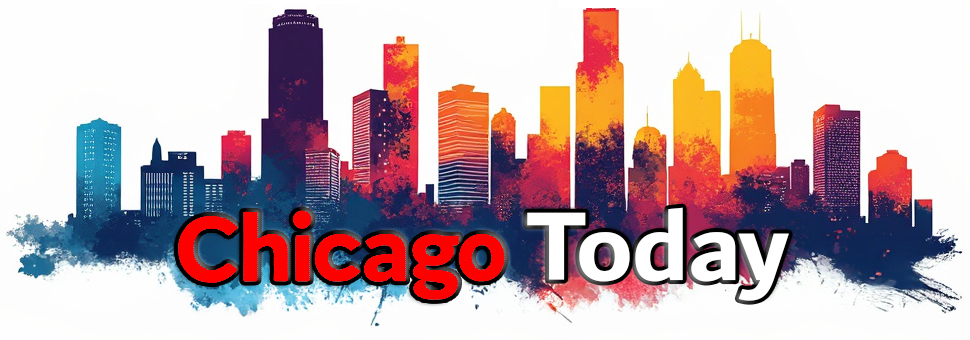CHICAGO, IL – September 1, 2025 – Residents across the Chicago area and the wider Midwest have a rare opportunity to witness the mesmerizing dance of the Northern Lights tonight and into early Tuesday, September 2nd. A significant geomagnetic storm, anticipated to be G2 (Moderate) to potentially G3 (Strong) on the NOAA scale, is on track to impact Earth’s magnetic field, potentially pushing the aurora borealis much farther south than its usual polar confines. This celestial event is generating considerable buzz and is a trending topic for skywatchers.
The Solar Phenomenon Behind the Lights
The spectacle is driven by a powerful solar event: a coronal mass ejection (CME), a massive burst of magnetized plasma and energetic particles, erupted from the sun on Saturday, August 30th. Scientists are particularly intrigued by the complexity of this particular CME, which may involve a “cannibal CME” scenario where a faster solar eruption overtakes a slower one ahead of it. This interaction can significantly amplify the geomagnetic impact when the CMEs reach Earth. The National Oceanic and Atmospheric Administration’s (NOAA) Space Weather Prediction Center (SWPC) has issued a Geomagnetic Storm Watch for September 1st and 2nd, tracking the incoming solar material.
According to NOAA forecasts, the CME is expected to begin buffeting Earth’s magnetosphere late on Monday, September 1st, with the most intense activity likely occurring overnight into early Tuesday. The intensity is measured by the Kp-index, with higher values indicating a greater likelihood of auroras being visible at lower latitudes. Current predictions suggest Kp values could reach 6 or higher, classifying the event as a G2 or G3 storm, with some forecasts even indicating a chance of G4 (Severe) conditions.
Viewing Opportunities in Chicago and the Midwest
For Chicago and the surrounding Midwest region, this means a tangible possibility of seeing the aurora borealis. While the Northern Lights are typically confined to higher latitudes, the strength of this geomagnetic storm increases the chances for visibility across a broader swath of the United States. Reports indicate that up to 18 U.S. states, potentially including areas as far south as Nebraska and Iowa, could experience the aurora. For Chicago, this represents a popular, albeit infrequent, chance to witness the phenomenon.
While the precise intensity can fluctuate and is often only fully understood as the CME impacts Earth, the outlook is promising for those eager to witness the display. Clear skies are generally forecasted for the Chicago area, which is a critical factor for maximizing viewing opportunities. However, skywatchers are advised to check the latest, up-to-the-minute weather forecasts for any developing cloud cover.
Maximizing Your Aurora Viewing Experience
To increase the chances of spotting the Northern Lights, experts offer several key pieces of advice. The most crucial step is to find a location with minimal light pollution. This means venturing away from the bright lights of the city. Parks or rural areas located a short drive from Chicago, such as Illinois Beach State Park or areas west of Dixon, are often recommended for their darker skies. Consulting dark sky maps can help identify ideal viewing spots within a few hours’ drive.
Once in a dark location, allow your eyes at least 15-20 minutes to adjust to the darkness. Patience is also essential, as auroral displays can be fleeting and vary in intensity. Look towards the northern horizon, as this is where the aurora is most likely to appear. It’s important to manage expectations, as photographs often capture more vibrant and intense colors than what the naked eye can perceive.
Solar Maximum and Future Displays
This event occurs during a period of heightened solar activity, nearing or within the solar maximum of the current solar cycle. This phase typically results in more frequent and intense solar storms, leading to more opportunities to witness the aurora. While this event is highly anticipated, it’s a reminder of the dynamic nature of our sun and its profound impact on Earth.
For those in Chicago hoping to catch this trending natural light show, the late evening of September 1st and the early morning hours of September 2nd present the best window. Checking reliable sources like NOAA’s Space Weather Prediction Center or dedicated aurora forecast apps will provide the most current information and guidance for this exciting news for the night sky.


